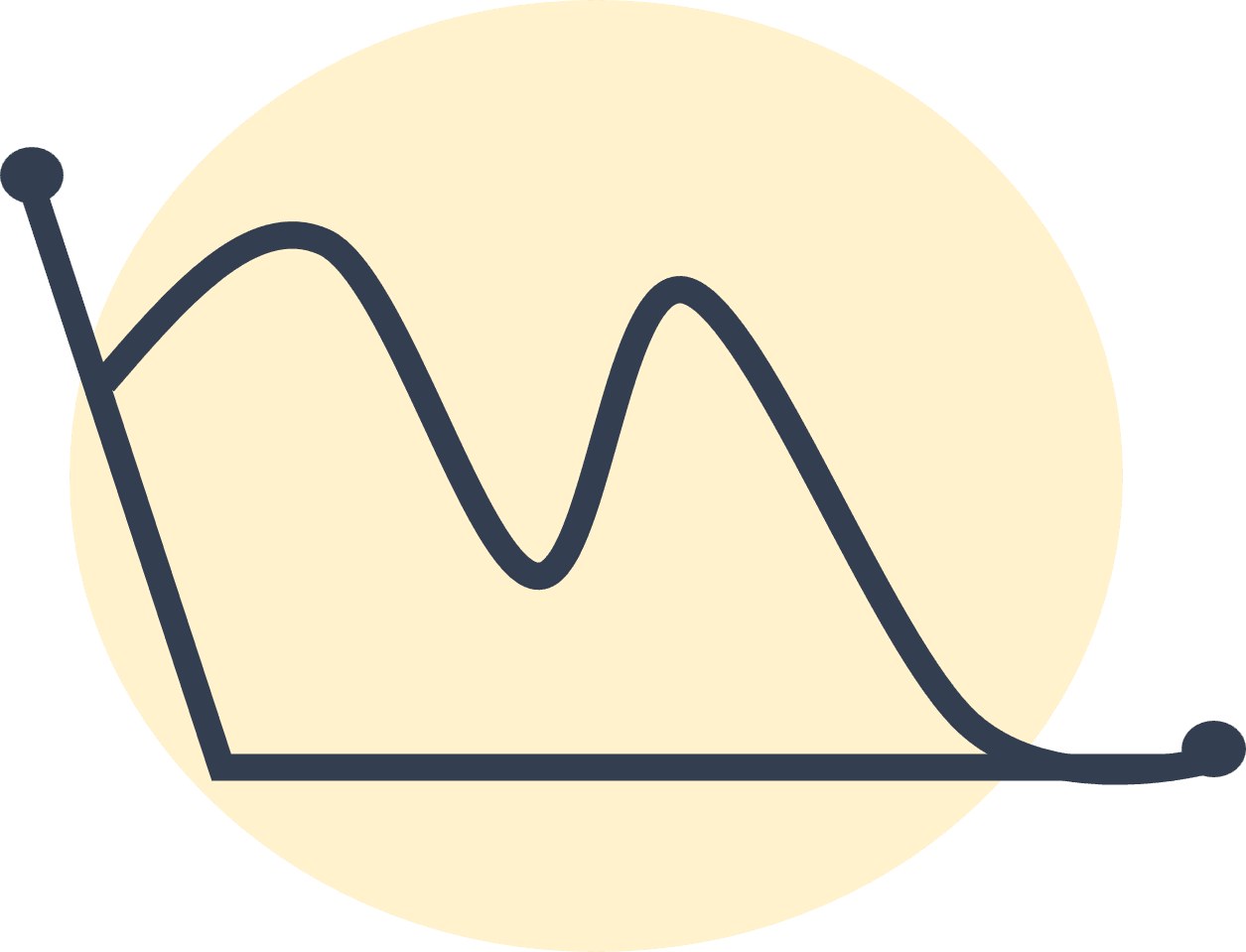Talent Management: From Personnel to Potential
HR Function has been exposed to free critics and constant scrutiny experts for decades now. Some of the many myths had just begun to burst and we got introduced to a new sub-function of HR, “Talent Management” (TM). Now what the heck is that, where did it come from, and the most important of all - WHY
As introduced in the piece: “Employee Engagement: Beyond the Buzzword”, TM embraced many aspects of employee engagement under its wings. With that, we are going to talk about what else is sharing the space under the umbrella of Talent Management.
To begin with, let me reconcile the word used for TM as “new”. It may sound new to many as it is not one of the “famous” things HR is known for. It might as well be just another buzzword for some. But the change in the role of HR has always reflected how the role of employees has evolved in organizations. TM found its roots in that story.
What began in the pre-1970s as simple personnel administration soon shifted after the 70s to recognizing employees as vital assets in a competitive global market; and by 1997, McKinsey’s influential report ‘The War for Talent’ placed ‘talent’ at the center of business priorities, paving the way for Talent Management to emerge as a distinct function in the early 2000s.
It was carved out as a specialized HR vertical, investing in career frameworks, High Potential (HiPo) programs, Employee Experience and Leadership Development. In fact, it borrows the strategic elements from the other HR verticals and integrates them in a cohesive framework, bridging the gap between business priorities and talent capabilities.
Here’s what it typically entails across companies globally:
1. Workforce & Succession Planning
- Identify future talent needs based on business strategy.
- Succession planning for critical roles by creating talent pipelines.
- Talent mapping for key skills and leadership positions.
- Conducting talent review discussions with senior management.
2. Talent Acquisition Collaboration
- Partner with Recruitment to ensure hires align with long-term talent strategy, not just short-term vacancies.
- Influence sourcing for high-potential or niche skills.
- Use data to predict skill gaps, hiring needs, and potential re-hires.
3. Learning & Development
- Creating career journeys in alignment with L&OD.
- Equipping employees with skills for growth and future readiness.
4. Employee Engagement & Experience (click for a little more insight on this)
- Driving culture, belonging, and motivation.
- Ensuring employees feel valued and connected.
5. Career Pathing & Internal Mobility
- Enabling employees to move laterally or vertically.
- Encouraging cross-functional exposure.
6. Recognition & Retention
- Designing reward frameworks beyond compensation.
- Creating channels/platforms for recognitions with both, horizontal & vertical reach.
7. Talent Analytics
- Using data to predict skill gaps, flight risks, and succession readiness.
- Building dashboards to guide talent decisions.
So, how is TM different?
- While overall HR has a wide arena with policies, payroll, compliance, employee relations, etc., TM is strategic and future-focused.
- TM ensures business sustainability by building a workforce that adapts, grows, and leads change.
- It acts as the bridge between people strategy and business strategy.
In short, Talent Management is like the "strategic HR brain". Thinking not just about hiring today, but ensuring the workforce is ready, motivated, and skilled for tomorrow’s challenges.
